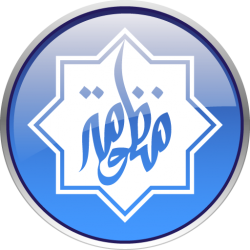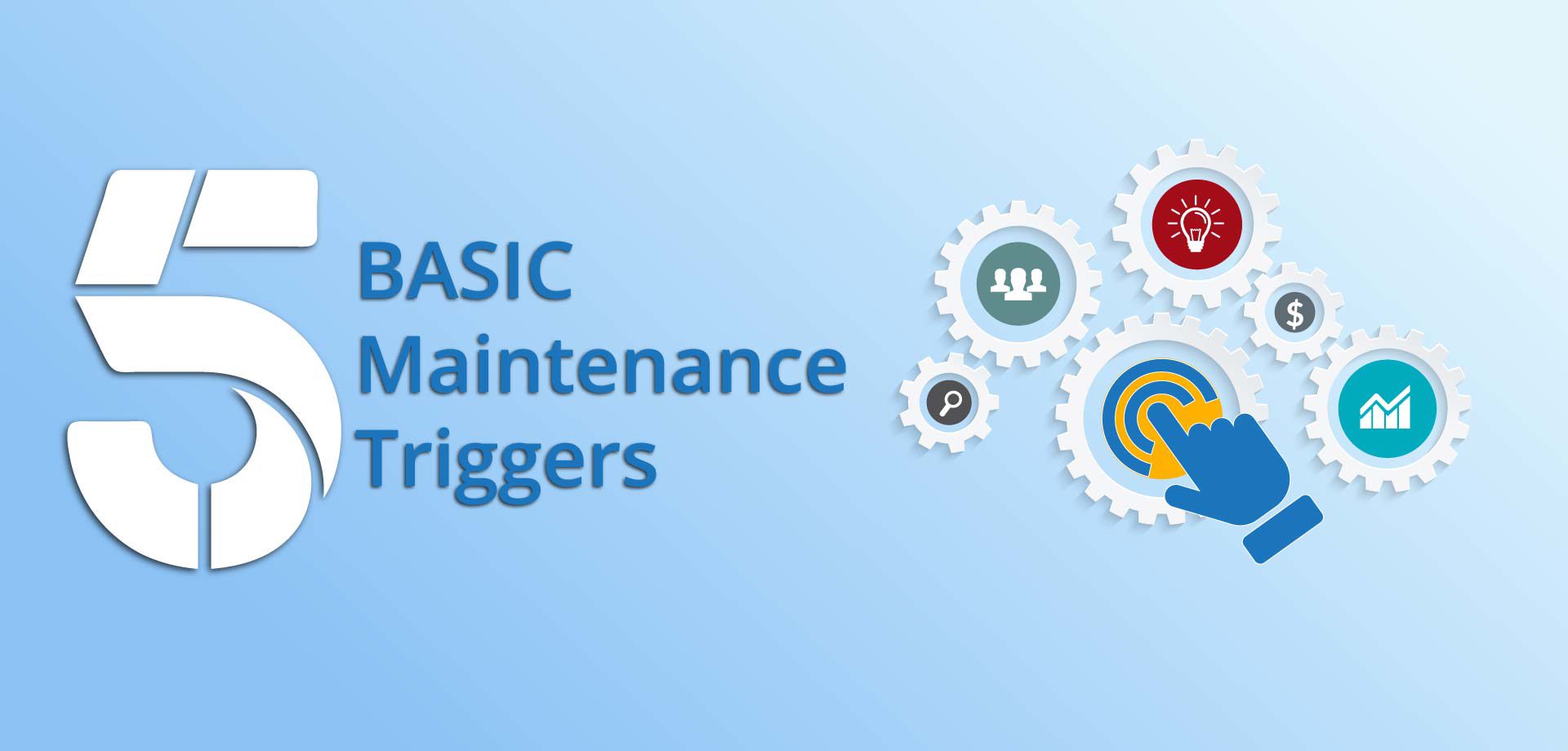When maintenance triggers occur it indicates that maintenance must be performed at an operational level. Maintenance triggers are used to alert a technician that maintenance is required. When maintenance triggers are received the operational requirements for the maintenance can be planned, acted upon, and recorded using a CMMS.
There are five main maintenance triggers: breakdown, time-based, event-based, usage-based, and condition-based.
1. Breakdown trigger
Breakdown maintenance triggers are initiated when a piece of equipment breaks down into an unusable state. With these maintenance triggers, maintenance is necessary in order to return the equipment to operation.
A breakdown trigger is the only maintenance trigger that is used when a maintenance strategy has not been designed at a tactical or strategic level.
If the maintenance plan for the equipment has been designated as a run-to-failure strategy, then a breakdown trigger is the only trigger that is used for maintenance of that machine. In this case, the maintenance, while unscheduled, remains planned maintenance.
When the equipment has a preventative maintenance strategy, a breakdown trigger initiates maintenance that is both unplanned and unscheduled.
Maintenance types: corrective, reactive, run-to-failure
2. Usage trigger
A common example of a usage trigger for maintenance is the schedule suggested by car manufacturers. For example, a car manufacturer may suggest maintenance every 10,000 km. This type of maintenance is triggered through recorded meter data. Other examples include usage based on hours of use and number of production cycles.
Maintenance types: preventative, condition-based, predictive
3. Condition trigger
A condition-based trigger for maintenance occurs after the condition of the equipment has been assessed and consequently determined to be unsatisfactory for continued use without maintenance being planned. Various techniques can be used to assess the condition of a machine, ranging from inexpensive methods such as visual inspection through to more technically demanding techniques such as vibration monitoring and thermographic analysis.
Condition is the most complex trigger for maintenance. This is because data about condition must be obtained and interpreted. Often the equipment required to perform condition monitoring requires specialized training and experience to operate effectively. After the data is analyzed, it may indicate that maintenance is required. If this is the case, then this is an example of a condition-based trigger.
The various methods for assessing condition are discussed in a condition-based maintenance.
Maintenance types: condition-based, predictive
4. Time trigger
Time is used frequently as a trigger for maintenance activities. With a time trigger, maintenance is triggered whenever the calendar rolls over to a pre-specified date. Because the calendar is so easily predicted, time is the least complex trigger to schedule planned maintenance.
Time can be used as a trigger in many ways. It can be used to trigger maintenance on regular intervals, say every 6 weeks. It can also be used to trigger maintenance based on the seasons, such as “change air conditioner filters before summer”.
Maintenance types: preventative, condition-based, predictive
5. Event trigger
When maintenance needs to occur due to an external event, an event trigger may be used. For example, in a building, a series of maintenance tasks may need to be triggered if flooding occurred in the basement. These tasks could include electrical checks, cleaning and boiler checks.
Maintenance types: preventative, condition-based, predictive
EAM-CMMS is a useful tool to help facilities managers get more organized by reducing the dependence on memory and by automating many mundane daily activities. The EAM-CMMS will help facilities managers free up additional time to focus on improving reliability and reducing maintenance related expenses further. It makes facilities management more efficient and more effective, reducing costs and delivering additional revenue to an organization’s bottom line.
Are you convinced that EAM-CMMS is the right maintenance solution you?
Get started on the path to EAM-CMMS success by getting in touch with Manzoma advisor at +20-2-2268-7755 or fax at +20-2-2268-7799 or by email sales@manzoma.com, or visiting www.manzoma.com


